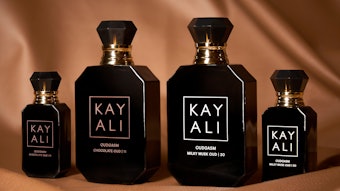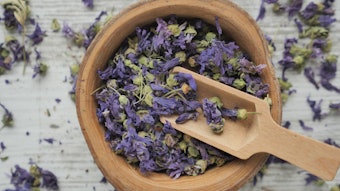The two basic physical properties of odors are kind and intensity, The kind of odor is usually expressed as ‘like something’ e.g. like roses, like cucumber, or fish-like or like one of a thousand other things such as apples, pears, oranges, lemons, thyme, sage, parsley, fennel, pepper, ginger, cloves, cinnamon, mild cheese, Dutch blue, gorgonzola or camembert. Or, if you are a chemist, like hydrogen sulfide, pyridine, ethyl mercaptan, m butyl alcohol. All of these substances have quite different smells, all fairly well known and recognizable. This is a natural approach to the task of defining odor quality and it is a good way out.
You can take any four odors and attempt to say how much of each of the four your chosen experimental odor has, as did Crocker and Henderson. They chose the four standards: fragrant, acid, burnt, and caprylic, and assigned numbers out of 8 to represent the content of those qualities. Rose was given the number 6423. Many people have tried the method and some say that it gives useful results. As the author sees it, it probably does, but there is no special reason why the four qualities chosen should have been selected. One might just as logically have used Henning’s six: spicy, flowery, fruity, resinous, burnt, and foul or Zwaardemaker’s nine ethereal, aromatic, fragrant, ambrosial, alliaceous, empyreumatic (slightly burnt), caprylic, repulsive, and nauseating. There is not a great deal of common ground here except that all three selections include burnt. Whichever four, six, nine, or one hundred standards you choose, you cannot hope to cover every nuance of smell.










